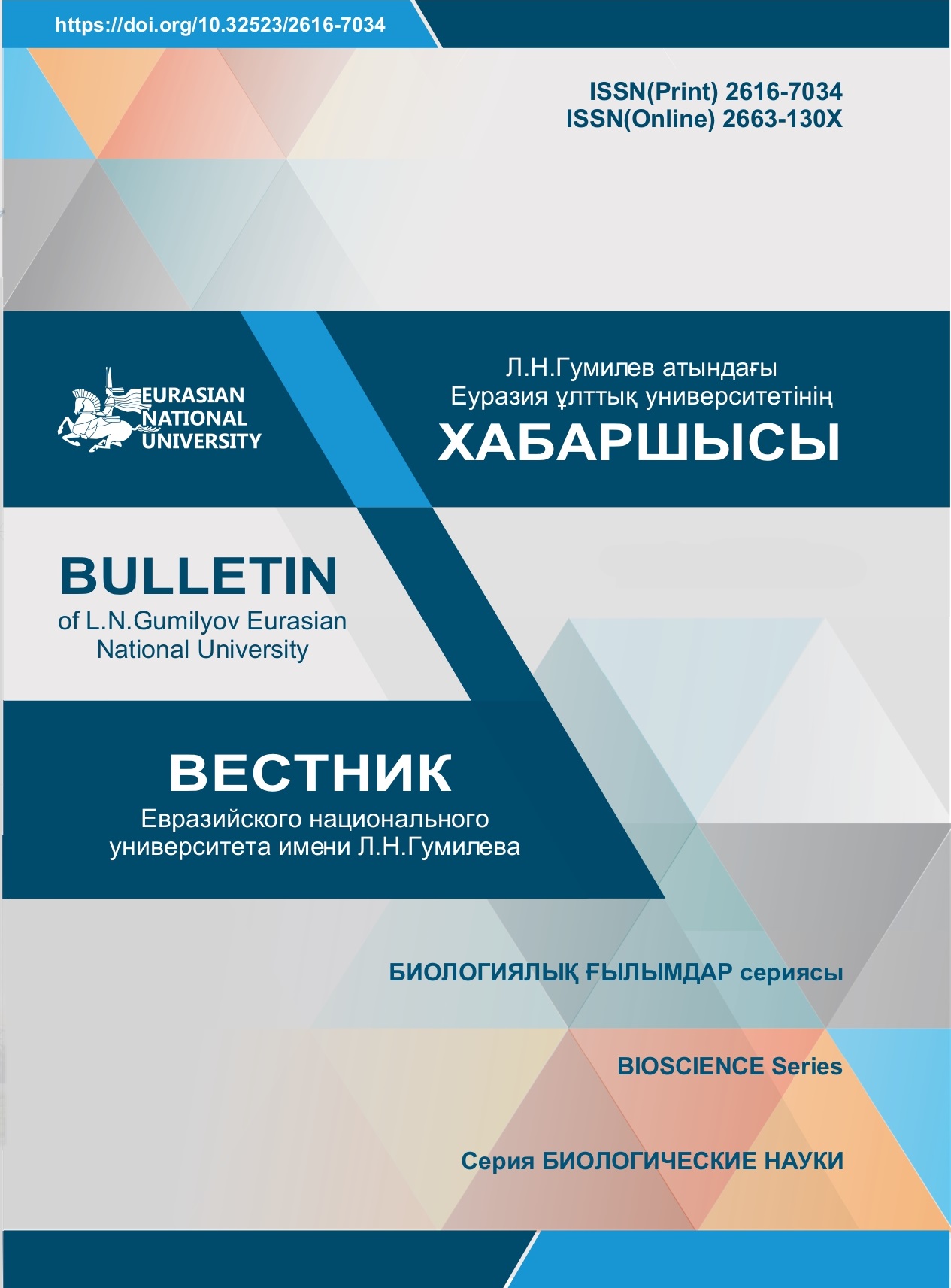Features of in vitro induced morphogenesis and plant regeneration from alfalfa domestic cultivars
Views: 232 / PDF downloads: 134
Keywords:
alfalfa, callus culture, phytohormones, regenerated plantsAbstract
The authors have studied Morphogenesis and regeneration features of domestic breeding cultivars of alfalfa and conditions for obtaining regenerant plants from the morphogenic callus tissues. As a result of the study, the efficient sterilization protocol of alfalfa seeds was established with the use of sterilizing agents as 70% ethanol and 10% sodium hypochlorite which resulted in the production of 100% aseptically viable seedlings for the further in vitro studies. Callus initiation from cotyledons and hypocotyls was implemented on a Gamborg B5 nutrient medium containing 2,4-dichlorophenoacetic acid (2,4-D), kinetin in a concentration of 5,0 mg/l, and naphthaleneacetic acid (NAA) of 0,1 mg/l. Induction of morphogenic callus was achieved on a Gamborg B5 medium with 0,2 mg/l 6-benzylaminopurine (BAP). Further shoot initiation occurred on a hormone-free Gamborg B5 medium with the addition of Gamborg B5 vitamins, and on a half-strength medium with the addition of 0,2mg/l kinetin. It was found that established method of obtaining regenerated plants from the callus cultures of Medicago Varia proved itself effective.








